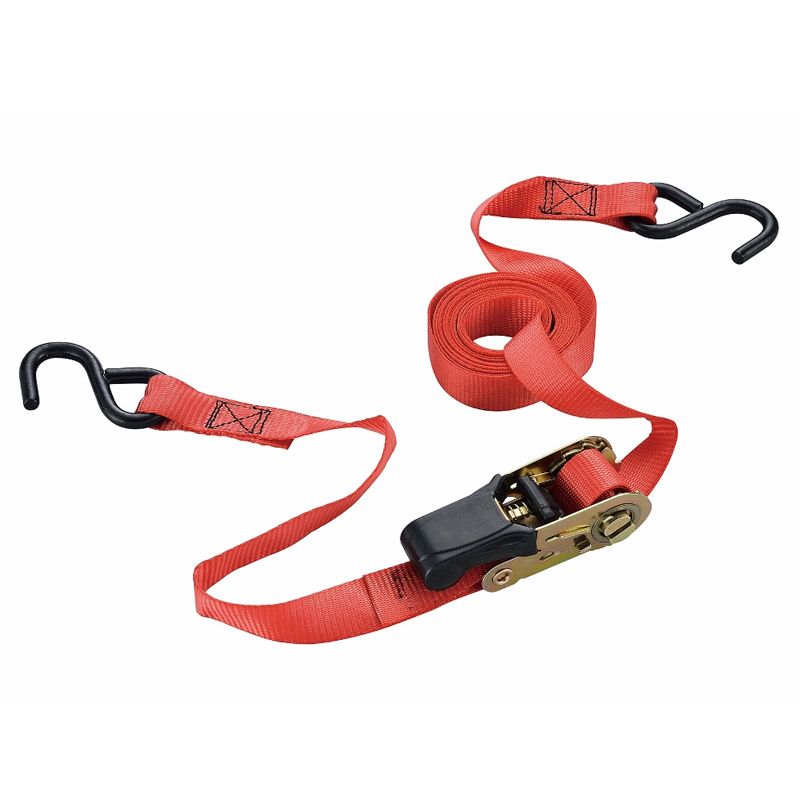Understanding Metric Structural Bolts for Optimal Engineering Applications
Understanding Metric Structural Bolts Key Features and Applications
Metric structural bolts are essential components in the construction and engineering industries, specifically designed to join various structural elements together. They are crucial in ensuring the stability and integrity of structures ranging from bridges and buildings to industrial machinery. This article explores the features, specifications, and applications of metric structural bolts, highlighting their importance in modern construction.
What are Metric Structural Bolts?
Metric structural bolts are high-strength fasteners made to specific metric dimensions. Unlike standard inch-sized bolts, these are manufactured according to the International Organization for Standardization (ISO) metric system. They are made from various materials, typically including carbon steel, stainless steel, and alloy steel, and are used to assemble structures where strength and durability are critical.
Key Features
1. Strength and Load-Bearing Capacity Metric structural bolts are designed to withstand high levels of tension, shear forces, and dynamic loads. They are manufactured in different grades, with each grade denoting a specific yield strength, tensile strength, and hardness. Common grades include 8.8, 10.9, and 12.9, where higher numbers indicate greater strength.
2. Standardization These bolts conform to international standards such as ISO 898-1, ensuring uniformity and compatibility across different applications and geographical locations. This standardization facilitates easier sourcing, replacement, and maintenance.
3. Dimensional Accuracy Metric structural bolts are produced with precise measurements concerning diameter, length, and head type. This accuracy is crucial for applications demanding a tight fit and alignment, preventing potential structural failures.
4. Corrosion Resistance While many metric bolts are made of carbon steel, they can also be coated or made from stainless steel to enhance corrosion resistance. This feature is particularly important in environments exposed to moisture or chemical agents.
metric structural bolts

5. Variety of Head Styles Metric structural bolts come in various head styles, such as hex, square, or flange heads. Each design serves specific purposes, ensuring that they can be accommodated by different tools and applications.
Applications
Metric structural bolts are utilized across various industries
- Construction In building frameworks, these bolts securely connect beams, columns, and girders. Their strength is essential in ensuring the overall stability of buildings, bridges, and other structures.
- Manufacturing In industrial settings, metric structural bolts are used in assembling machinery, providing the necessary strength to withstand operational stresses.
- Infrastructure Large-scale infrastructure projects, such as highways and railways, depend on high-strength bolts for connecting steel girders and other critical components.
- Automotive Metric structural bolts are used in vehicle manufacturing to assemble various parts, ensuring safety and performance.
Conclusion
In conclusion, metric structural bolts represent a vital element in the construction and engineering sectors. Their high strength, standardized dimensions, and variety cater to diverse applications, making them indispensable for modern infrastructure projects. As industries continue to evolve, the demand for reliable and efficient fastening solutions like metric structural bolts will undoubtedly grow, underscoring the need for continued innovation and quality assurance in their production and application. Whether in local construction sites or significant international projects, metric structural bolts play a critical role in building a robust and sustainable future.
-
Weatherproof Plastic Expansion Anchors for OutdoorNewsJun.06,2025
-
Sustainability in the Supply Chain: Eco-Friendly TEK Screws ProductionNewsJun.06,2025
-
Load-Bearing Capacity of External Insulation FixingsNewsJun.06,2025
-
Double Head Bolts: Enhancing Efficiency in Industrial MachineryNewsJun.06,2025
-
Corrosion Resistance in Chipboard Screws: Coatings for Wholesale DurabilityNewsJun.06,2025
-
Butterfly Toggle Bolts : Enhancing Structural ResilienceNewsJun.06,2025
